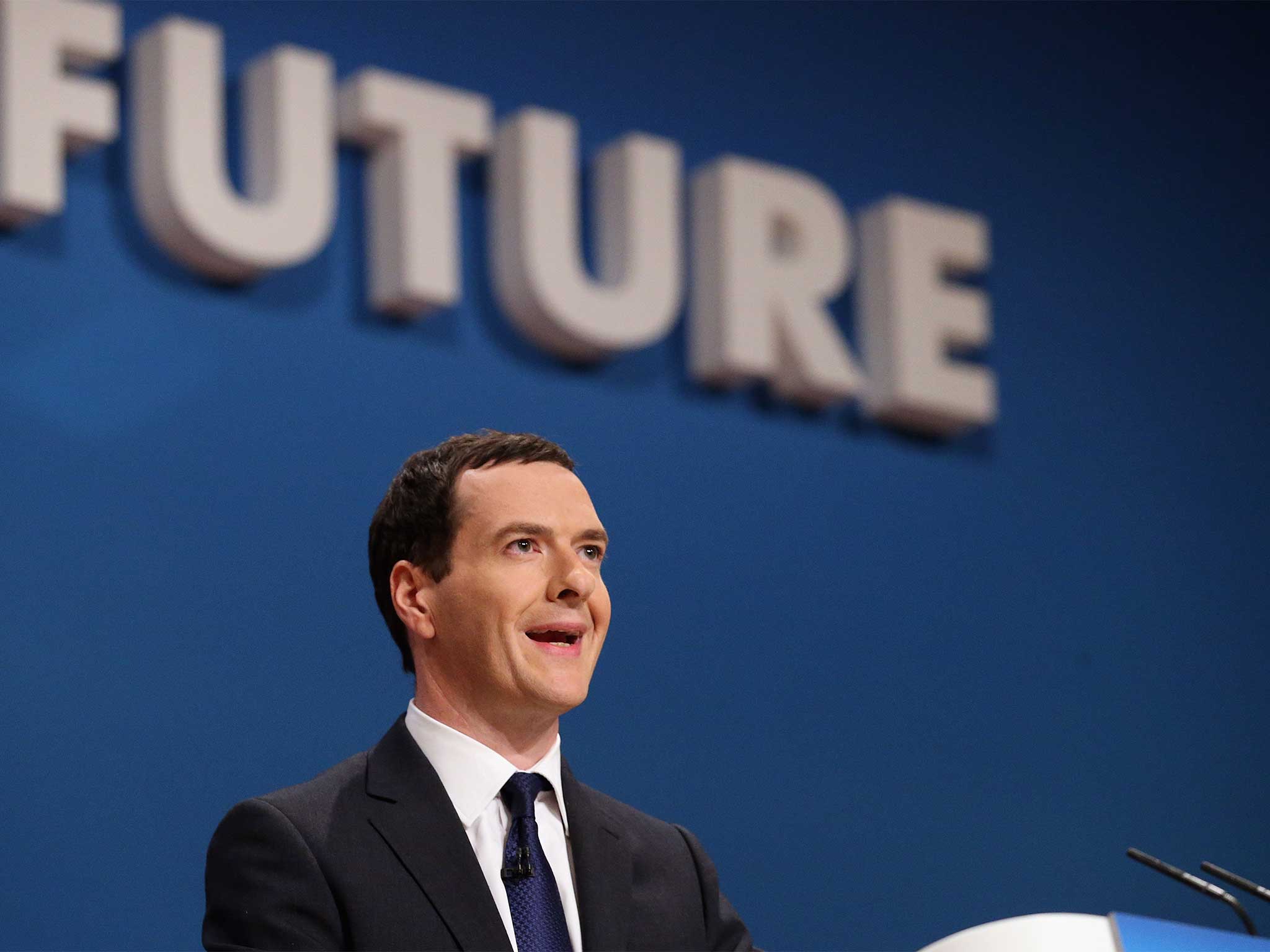Sex, drugs and statistics: how the recovery was faster than we thought
The economy recovered faster with illegal drugs and prostitution included in the statistics

The economy recovered from the 2008 financial crisis nine months earlier than previously thought, according to sweeping revisions made to official figures.
Changes to the way the Office for National Statistics calculates GDP showed that the UK economy reached its post-crisis peak in the third quarter of last year, rather than in the middle of this year.
The changes take into account illegal activities, such as drugs and prostitution, as well as businesses’ spending on research and development. The ONS also revised up growth in the second quarter of this year to 0.9 per cent, from 0.8 per cent previously, with GDP now 2.7 per cent above where it was at the start of recession in the first quarter of 2008.
However, it revised down its figure for the first three months of 2014, to 0.7 per cent from 0.8 per cent. There was also a downward revision to growth in the final quarter of 2013, from 0.7 per cent to 0.6 per cent.
The performance of the economy over the past six years looks better as a result of the revisions and the Treasury welcomed the revisions as a sign that George Osborne’s “long-term economic plan is working”. But analysts pointed out that it still meant the recovery from the 2008/09 recession was the slowest since the Second World War. “It took longer than after any of the recessions in the 20th century for output to return to its peak”, said Samuel Tombs of Capital Economics.
The 6.3 per cent upward revision to the level of cash GDP will also deepen concerns about the fact the deficit remains stubbornly high, and is on course to overshoot its target for this financial year. Higher nominal GDP would normally be expected to boost tax receipts.
The revisions also showed that real household disposable income per head was 2.7 per cent below its 2008 peak, worse than the previous 1.8 per cent gap.
But there was some better news on business investment. Adding in firms’ research and development spending, the ONS figures that real investment was 8 per cent above its previous 2008 peak in the second quarter of this year. Before the revisions, investment by firms had still been 16 per cent lower.
Balance of payments figures for the second quarter of the year show the current account deficit worsened to 5.2 per cent of GDP, up from 4.7 per cent in the first quarter. The household savings rate was 5.7 per cent, up from 4.9.
Subscribe to Independent Premium to bookmark this article
Want to bookmark your favourite articles and stories to read or reference later? Start your Independent Premium subscription today.

Join our commenting forum
Join thought-provoking conversations, follow other Independent readers and see their replies